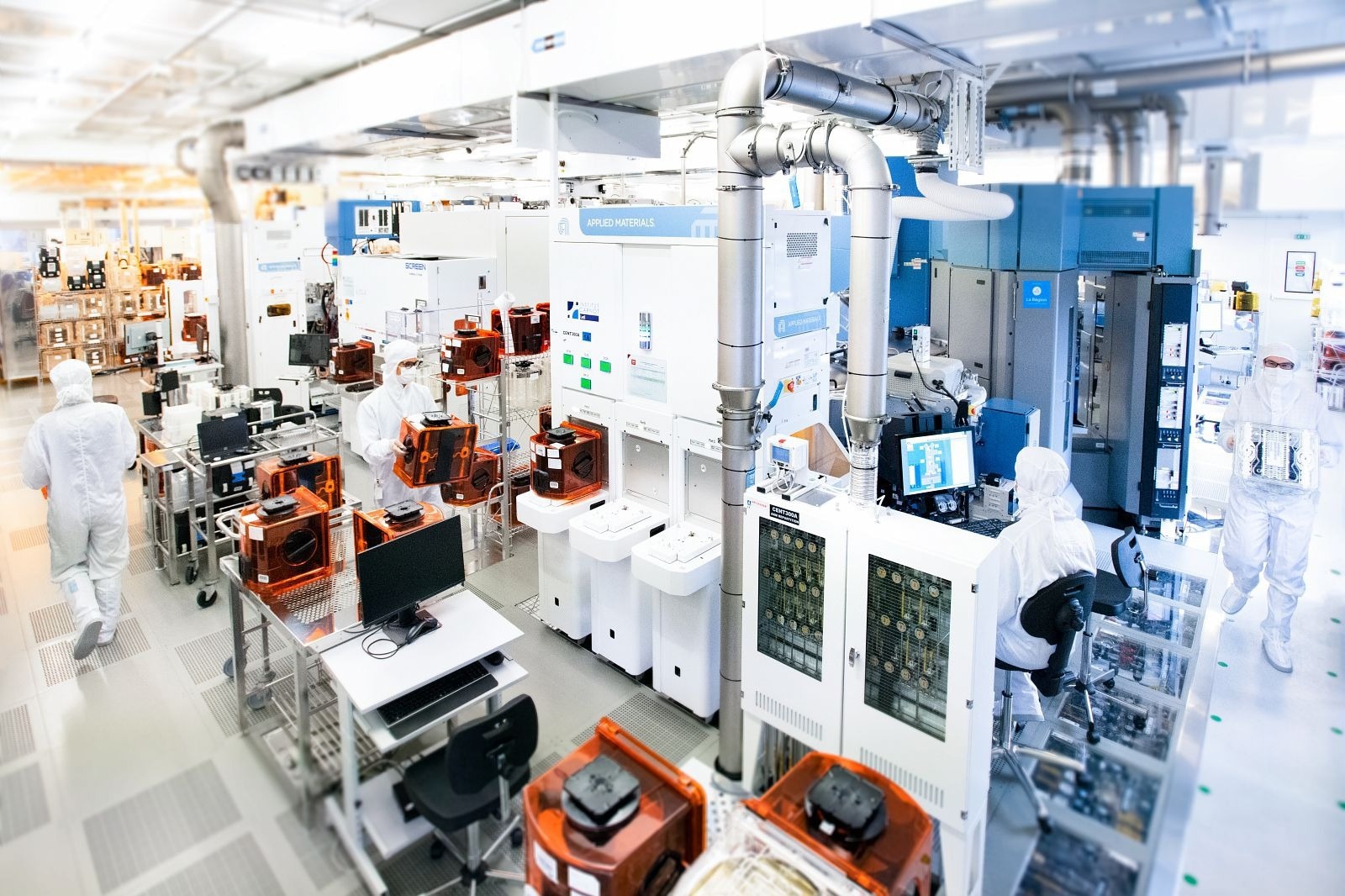Research scientists from CEA-Leti have illustrated that electrons and other charge carriers have the potential to move faster in germanium tin compared to germanium or silicon, thereby allowing lower operation voltages and compact footprints vertically rather than in planar devices.

Aubert. Image Credit: CEA-Leti
This proof-of-concept discovery shows that vertical transistors made of germanium tin are good candidates for high-performance chips and, perhaps, quantum computers.
Germanium–tin transistors display an electron mobility that is 2.5 times higher compared to a comparable transistor comprised of pure germanium. Otherwise, GeSn is consistent with the present CMOS process for chip fabrication.
As tin and germanium come from a similar periodic table group as silicon, such transistors can be combined instantly into traditional silicon chips with present production lines.
A recently reported study in Nature Communications Engineering, Vertical GeSn Nanowire MOSFETs for CMOS Beyond Silicon, notes “GeSn alloys offer a tunable energy bandgap by varying the Sn content and adjustable band off-sets in epitaxial heterostructures with Ge and SiGe. In fact, a recent report has shown that the use of Ge0.92Sn0.08 as source on top of Ge nanowires (NWs) enhances the p-MOSFET performances.”
“In addition to their unprecedented electro-optical properties, a major advantage of GeSn binaries is also that they can be grown in the same epitaxy reactors as Si and SiGe alloys, enabling an all-group IV optoelectronic semiconductor platform that can be monolithically integrated on Si,” reports the study.
The project research included contributions from various organizations besides CEA-Leti, which offered the epitaxial stacks. Epitaxy is performed on a highly ordered template, a silicon substrate, with a very accurate crystal structure. By altering the material, CEA-Leti duplicated its crystalline diamond structure in the layers that it put on top.
Epitaxy is the art of making multi-layers by duplicating the original structure and is performed at low temperature with gaseous precursors in a chemical vapor deposition (CVD) reactor.
Jean-Michel Hartmann, CEA Fellow and Team Leader, Group-IV Epitaxy, CEA-Leti
The deposition of this kind of stack and directing the epitaxial-layer growth is an extremely complicated step in a process flow that needs patterned cylinders and conformal gate stack deposition.
CEA-Leti is known to be one of the few RTOs throughout the world that has the potential to deposit such complicated in-situ doped Ge/GeSn stacks.
The collaboration demonstrated the potential of low-bandgap GeSn for advanced transistors with interesting electrical properties, such as high carrier mobilities in the channel, low operating voltages, and a smaller footprint.
Jean-Michel Hartmann, CEA Fellow and Team Leader, Group-IV Epitaxy, CEA-Leti
Hartmann added, “Industrialization is still far away. We are advancing on the state of the art and showing the potential of germanium tin as a channel material.”
Also, the work included researchers from ForschungsZentrum Jülich, Germany; the University of Leeds, United Kingdom; IHP- Innovations for High-Performance Microelectronics, Frankfurt (Oder), Germany; and RWTH Aachen University, Germany.
Journal Reference
Liu, M., et al. (2023) Vertical GeSn nanowire MOSFETs for CMOS beyond silicon. Communications Engineering. doi.org/10.1038/s44172-023-00059-2.